One week after high-quality images of a supposed next-generation space gray iPad casing popped up on the Web, a video highlighting the same part has been uploaded to YouTube.
The video comes from YouTube channel Unbox Therapy, which in September provided an in-depth look at the aluminum shells allegedly bound for Apple's next-generation iPad. Previously, only high-resolution photos of the purported part were available.
Tuesday's video shows a quick comparison of the purported 9.7-inch iPad's rear casing in Apple's new "Space Gray" color, meant to be a replacement for the outgoing "Slate." The hue was first introduced with the iPhone 5s and has subsequently trickled down to other iOS products like the iPod touch and iPod nano.
The space gray iPad shell is largely similar to the silver version shown off last month, the only change major aesthetic change being a black front bezel. Also noticeable is the like-colored ring insert around the rear-facing camera, which on the silver version looks to be polished to a shine or unanodized.
Interestingly, the space gray casing is not fitted with the embedded magnets used to attach Apple's Smart Covers, suggesting the part is a prototype or an early production component. It is also possible that the part may be a copycat, though the complex internal structure and external design is largely similar to previously "leaked" parts.
Apple is expected to announce a fifth-generation iPad in the coming weeks, with some rumors pointing to an Oct. 15 event that may also feature refreshed MacBook models.
The next-gen full-size iPad is also said to sport a revamped design that will bring it more in line with the current iPad mini. Instead of a tapered chassis, the new unit will supposedly feature a largely flat back with curved edges leading to a highly polished chamfer feature running along the screen's bezel, which will be substantially thinner than the fourth-generation iteration.
 AppleInsider Staff
AppleInsider Staff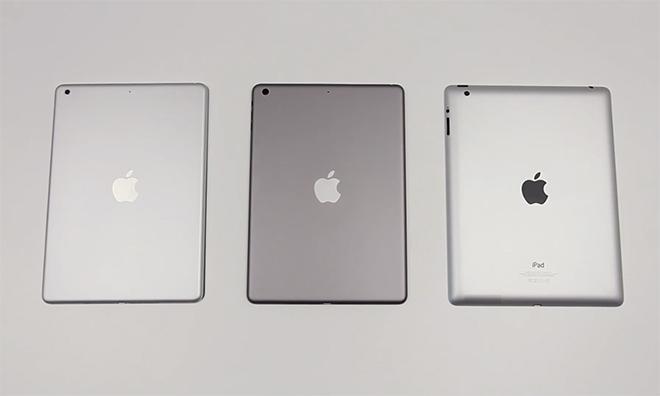








 Wesley Hilliard
Wesley Hilliard
 Christine McKee
Christine McKee
 Amber Neely
Amber Neely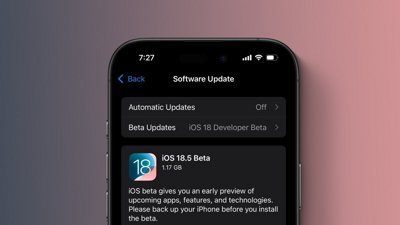
 Marko Zivkovic
Marko Zivkovic
 Malcolm Owen
Malcolm Owen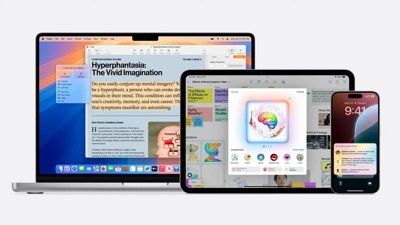

 William Gallagher
William Gallagher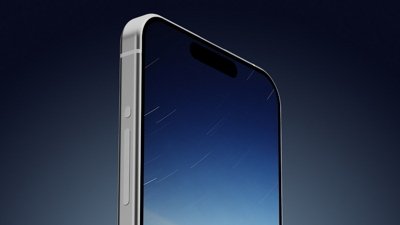

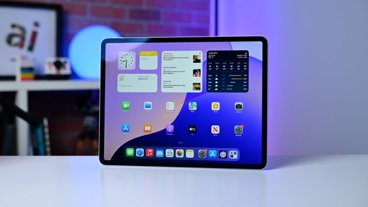






14 Comments
The new model will be a big upgrade just because of the form factor, IMHO. The tapered back is just not easy to hold on to. The flat back of the mini is so much better. Hopefully they can shed some weight off the full sized ipad as well. Maybe add in the fingerprint sensor and I can't imagine how they'll improve it beyond that.
All the Google and Shamsung fans in the comments saying 'who cares'. Why they hang out on Apple videos and blogs, it's so dumb.
Picked up a Nook HD+ a few months ago (I installed Cyanogenmod on it), but sold it recently. It was a decent enough tablet, but the touchscreen lag kept bugging the hell out of me. And as I used it more and more, the app crashes just got on my nerves.
Still don't know if I'm going to get the full-size iPad or the mini. Guess it depends on how gimped the mini is compared to its bigger brother this time around.
To mini or not to mini? That is the question.
Bah! I'm probably better off hocking my current iPad as soon as the new models are announced and just buying one anyway.
Guess it depends on how gimped the mini is compared to its bigger brother this time around.
Changes to the two iPad models:
iPad 5: A7 chip or A7x chip, up to 128 GB RAM, Touch ID sensor, iPad Mini like shell
iPad Mini 2: A6x chip, up to 64 GB RAM, retina display
These are just my guesses, of course.